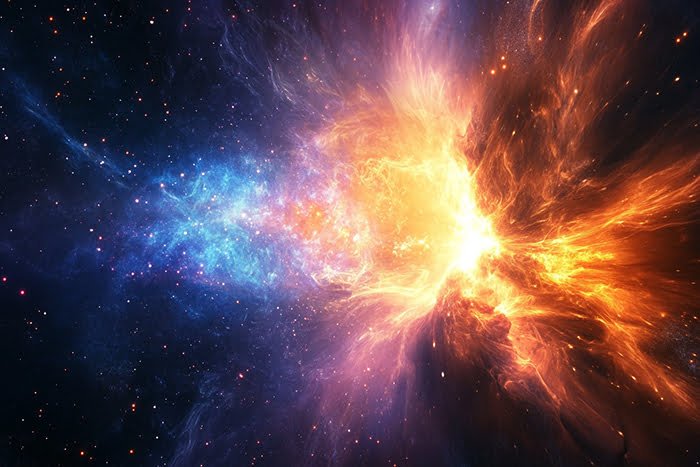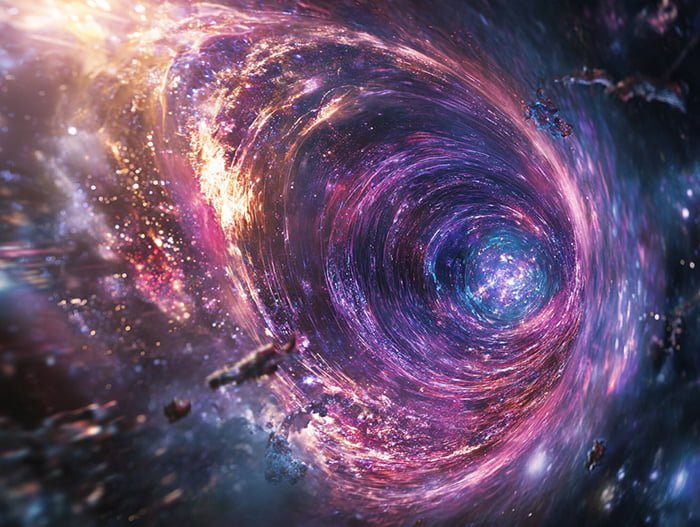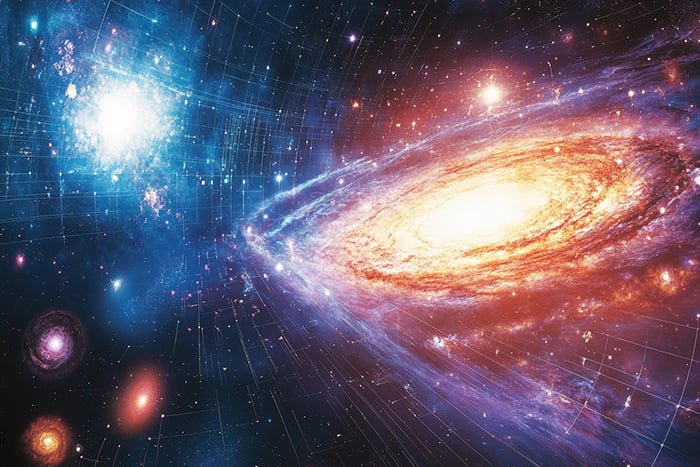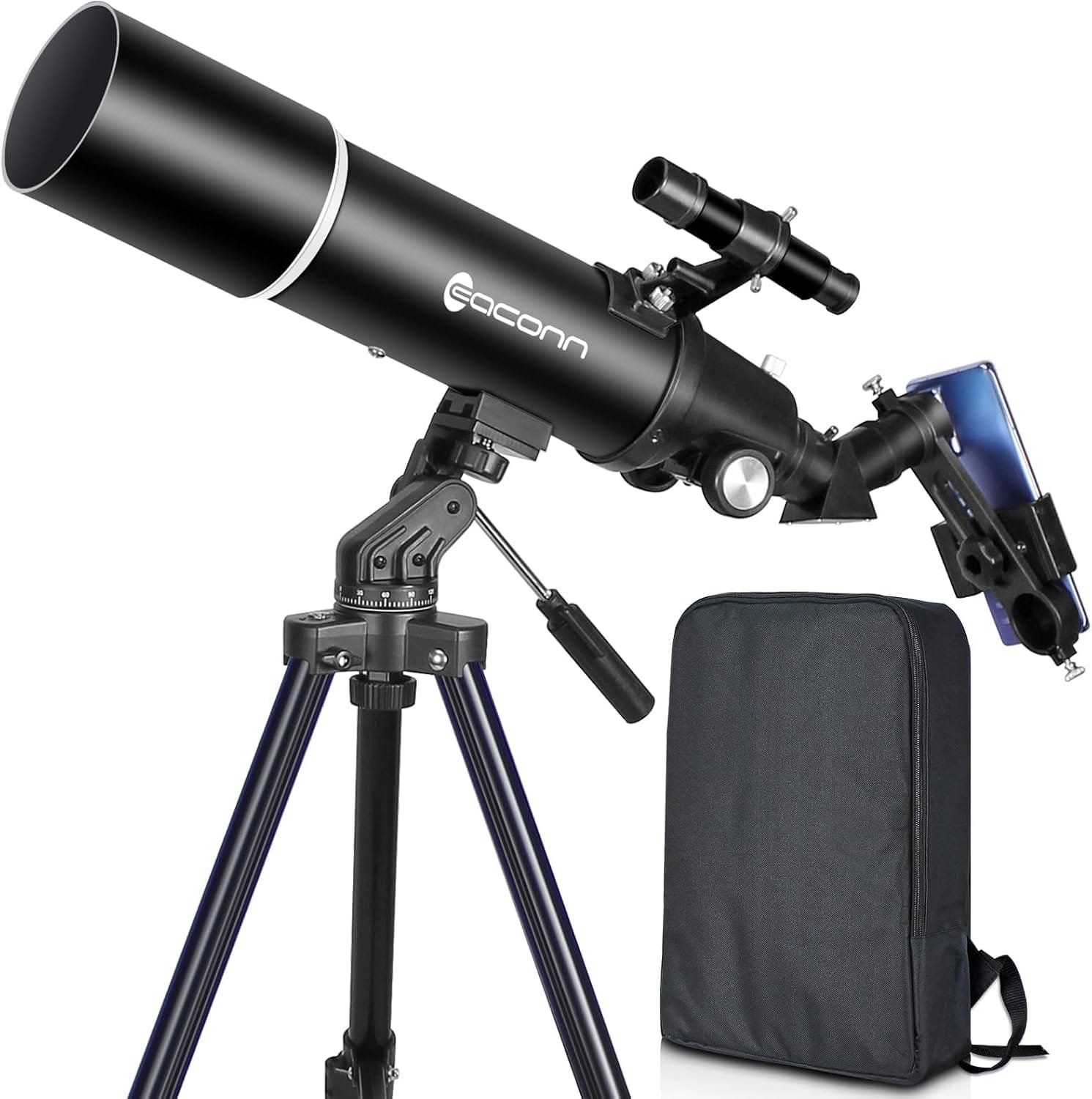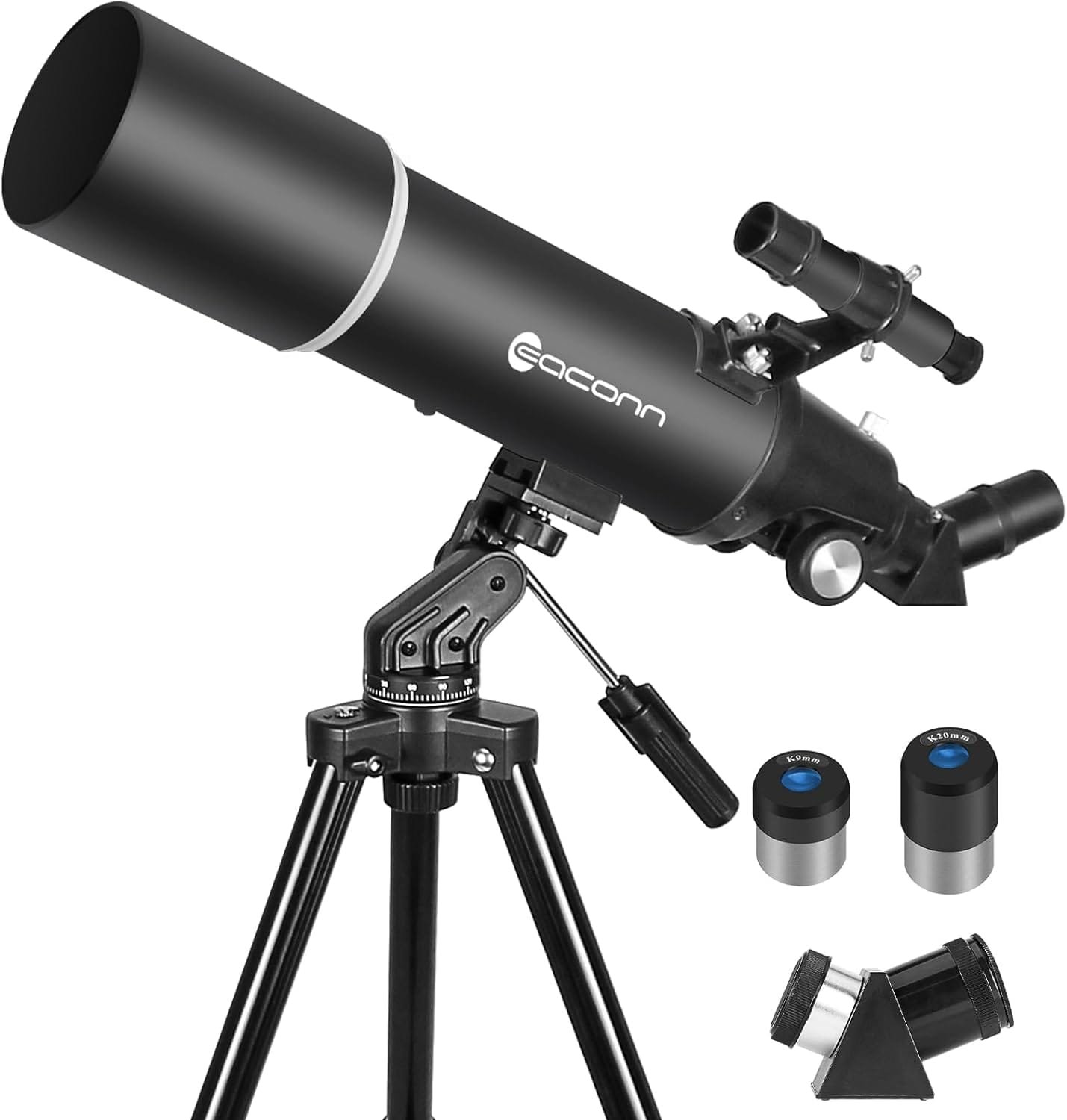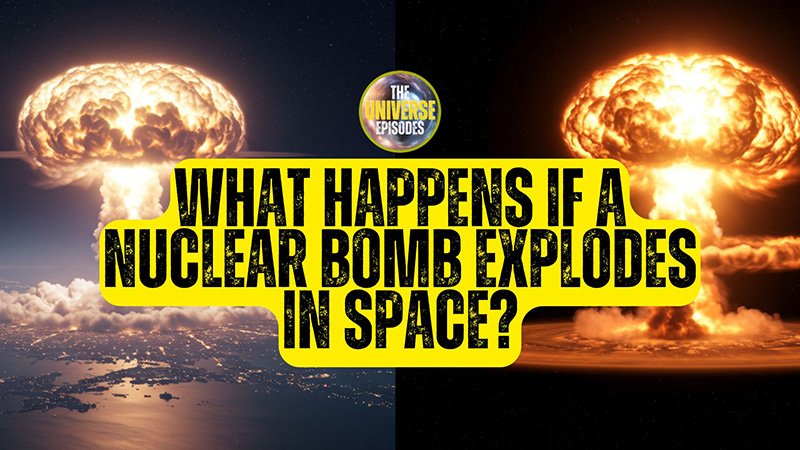The Big Bang Theory explains the universe’s origin, from the initial singularity to cosmic inflation and star formation, supported by key evidence.
Key Points Summary
The Big Bang Theory is the leading explanation for the origin and evolution of the universe. This article delves into the intricate details of how the Big Bang was created, covering the initial singularity, cosmic inflation, the formation of fundamental particles and elements, the epoch of recombination, and the formation of stars and galaxies. By understanding these processes, we gain insight into the universe’s beginnings and its subsequent development.
The Beginning of the Universe
The Initial Singularity
The universe began approximately 13.8 billion years ago from an extremely hot and dense singularity, a point of infinite density and temperature where space and time lose their conventional meanings. This singularity contained all the matter and energy that would eventually form the universe as we know it today.
Cosmic Inflation
In a fraction of a second after the Big Bang, the universe underwent a period of rapid expansion known as cosmic inflation. This period lasted for about 10^-32 seconds and caused the universe to expand faster than the speed of light. This rapid expansion smoothed out any irregularities and set the stage for the universe’s subsequent evolution.

The End of Inflation and Reheating
When cosmic inflation ended, the energy driving it was transferred to matter and radiation, initiating the more classical phase of the Big Bang. This phase, known as “reheating,” populated the universe with particles, atoms, and other fundamental building blocks.
Formation of Fundamental Particles and Elements
Primordial Soup
Within the first second after the Big Bang, the universe was a hot, dense “primordial soup” of particles such as neutrons, electrons, and protons. As the universe continued to expand and cool, these particles began to combine to form the first simple elements.
Nucleosynthesis
In the minutes following the Big Bang, during an era called nucleosynthesis, protons and neutrons collided to form the earliest elements, primarily hydrogen and helium, with traces of lithium and beryllium. This process set the stage for the formation of more complex structures in the universe.
The Epoch of Recombination and the Cosmic Microwave Background
Formation of Neutral Atoms
About 380,000 years after the Big Bang, the universe had cooled enough for electrons to combine with nuclei to form neutral atoms, a period known as the epoch of recombination. This allowed light to travel freely through space for the first time.
Cosmic Microwave Background (CMB)
The light from this period is known as the cosmic microwave background (CMB), a faint glow that fills the universe and provides a snapshot of the early cosmos. The CMB has been extensively studied and provides critical evidence supporting the Big Bang Theory.

Formation of Stars and Galaxies
Gravitational Clumping
As the universe continued to expand and cool, slightly denser regions of matter began to gravitationally attract more matter, forming gas clouds, stars, and eventually galaxies. This process took hundreds of millions of years and led to the complex structures we observe in the universe today.

The First Stars
The first stars formed around 400 million years after the Big Bang, marking the end of the universe’s “dark ages. These stars played a crucial role in shaping the universe by emitting ultraviolet light that ionized hydrogen atoms, making the universe transparent to light.
The Role of Dark Matter and Dark Energy
Dark Matter
Dark matter is a form of matter that does not emit, absorb, or reflect light, making it invisible and detectable only through its gravitational effects. It is believed to make up about 27% of the universe’s mass-energy content. Dark matter played a crucial role in the formation of galaxies by providing the necessary gravitational pull to hold them together.
Dark Energy
Dark energy is a mysterious force that is driving the accelerated expansion of the universe. It is thought to make up about 68% of the universe’s mass-energy content. The discovery of dark energy has profound implications for the ultimate fate of the universe, suggesting that it will continue to expand indefinitely.
Observational Evidence Supporting the Big Bang Theory
Redshift of Galaxies
One of the key pieces of evidence supporting the Big Bang Theory is the redshift of galaxies. Observations show that galaxies are moving away from us, with their light being stretched to longer, redder wavelengths. This redshift is consistent with the expansion of the universe predicted by the Big Bang Theory.
Abundance of Light Elements
The observed abundance of light elements such as hydrogen, helium, and lithium in the universe matches the predictions made by the Big Bang nucleosynthesis model. This agreement between theory and observation provides strong support for the Big Bang Theory.
Cosmic Microwave Background Radiation
The discovery of the cosmic microwave background radiation in 1965 provided a crucial piece of evidence for the Big Bang Theory. The CMB is the afterglow of the Big Bang, providing a snapshot of the universe when it was just 380,000 years old. Its uniformity and spectrum match the predictions of the Big Bang model.
Alternative Theories and Challenges
Steady State Theory
The Steady State Theory, proposed in the mid-20th century, posits that the universe has no beginning or end and is in a constant state of creation. However, this theory has fallen out of favor due to the overwhelming evidence supporting the Big Bang Theory, such as the CMB and the redshift of galaxies.
Multiverse Theory
The Multiverse Theory suggests that our universe is just one of many universes that exist. While this theory is intriguing, it remains speculative and lacks direct observational evidence. It does, however, offer potential explanations for some of the fine-tuning observed in our universe.
Conclusion
The Big Bang Theory provides a comprehensive explanation for the origin and evolution of the universe. From the initial singularity and cosmic inflation to the formation of fundamental particles, elements, and the cosmic microwave background, this theory is supported by extensive observational evidence. While alternative theories exist, the Big Bang remains the most robust and widely accepted model in cosmology.
Why This Article is Important
Understanding the Big Bang Theory is crucial for comprehending the origins and evolution of the universe. This article not only provides a detailed explanation of the Big Bang but also highlights the key evidence supporting it and addresses alternative theories. By studying the Big Bang, we gain insights into the fundamental processes that shaped our universe and continue to influence its development.
What Can Be Taught from This Article
This article teaches us about the scientific method and the importance of evidence in forming and supporting theories. It also underscores the dynamic nature of scientific inquiry, where new discoveries can challenge and refine our understanding of the universe. Ultimately, the study of the Big Bang Theory fosters a deeper appreciation for the complexity and wonder of the cosmos.

